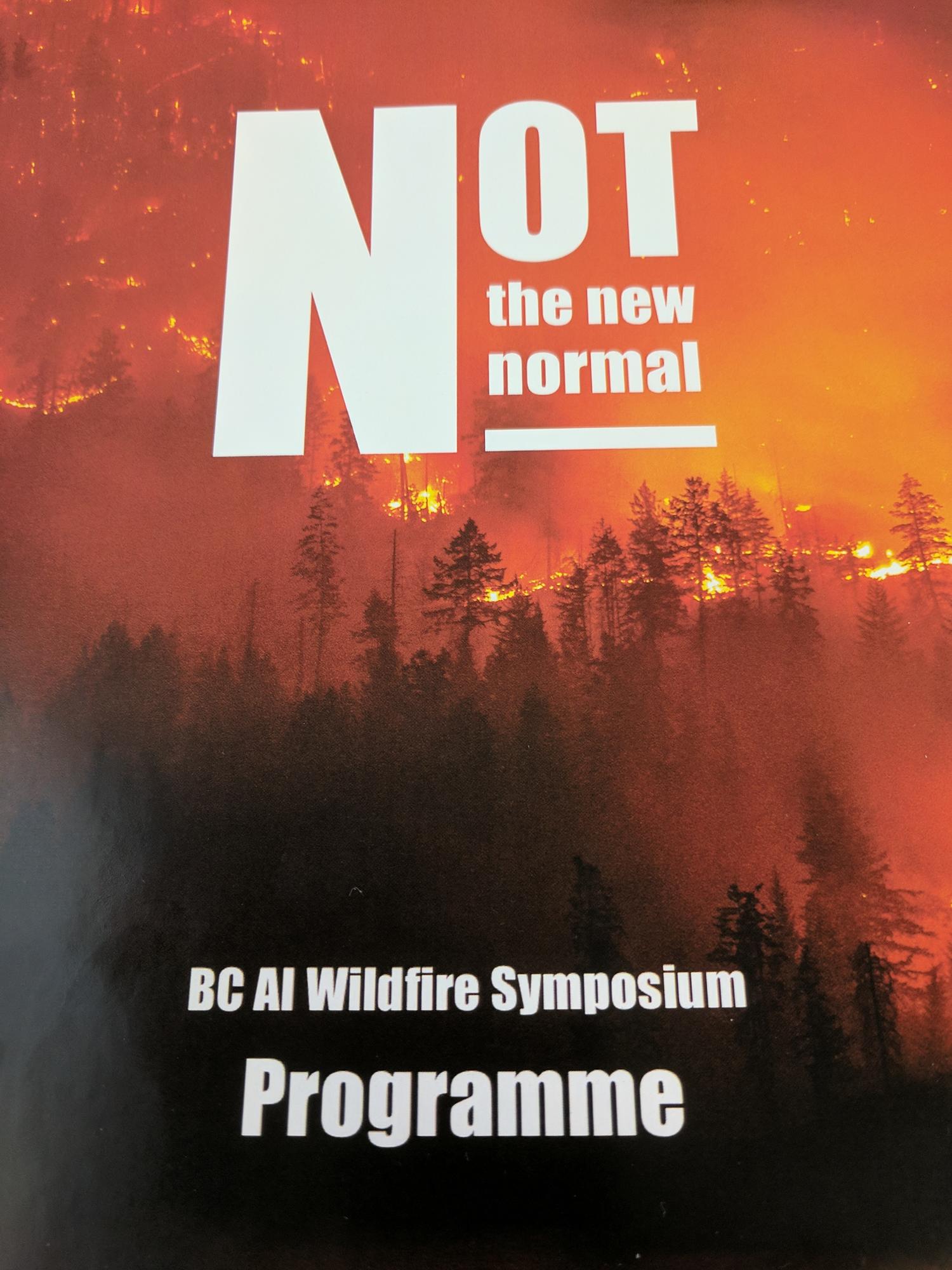Reinforcement Learning
All papers, news and topics related to Reinforcement Learning.
, 2021. Partially Observable Mean Field Reinforcement Learning. In Proceedings of the 20th International Conference on Autonomous Agents and MultiAgent Systems (AAMAS). 3–7 May. London, United Kingdom: International Foundation for Autonomous Agents and Multiagent Systems, pp. 537-545.
, 2020. A review of machine learning applications in wildfire science and management. Environmental Reviews, 28(3), p.73. Available at: https://www.nrcresearchpress.com/doi/10.1139/er-2020-0019#.X1jbKtNKhTY. Publisher's Version
Adaptation Through Learning: Using Machine Learning to Improve Forest Wildfire Management
Thursday, June 18, 2020:
Waterloo professor says artificial intelligence is a useful tool to help fight wildfires
, 2019. Learning Multi-Agent Communication with Reinforcement Learning. In Conference on Reinforcement Learning and Decision Making (RLDM-19). Montreal, Canada., p. 4.
Good News in the UWECEML Lab
, 2019. Training Cooperative Agents for Multi-Agent Reinforcement Learning. In Proc. of the 18th International Conference on Autonomous Agents and Multiagent Systems (AAMAS 2019). Montreal, Canada.
Adaptation Through Learning : Using Machine Learning to Improve Forest Wildfire Management,
at
Department of Electrical Engineering & Computer Science and Engineering, York University,
Wednesday, February 13, 2019
Adaptation Through Learning : Using Machine Learning to Improve Forest Wildfire Management,
at
San Francisco, California,
Thursday, January 24, 2019
Fighting Fire with AI: Using Artificial Intelligence to Improve Modelling and Decision Making in Wildfire Management,
at
Banff International Research Station, Banff, Alberta, Canada,
Friday, November 17, 2017:
Using Deep Learning and Reinforcement Learning to Tame Spatially Spreading Processes,
at
University of Waterloo,
Wednesday, October 25, 2017
BIRC Workshop On Deep Learning In Medicine,
at
University Hospital, London, Ontario, Canada,
Monday, August 28, 2017:
, 2014. Using equilibrium policy gradients for spatiotemporal planning in forest ecosystem management. IEEE Transactions on Computers, 63(1), pp.142–154. Available at: http://doi.ieeecomputersociety.org/10.1109/TC.2013.113. Publisher's Version
 I'll be giving a talk and taking part in a panel on opportunities for AI in Environmental and Sustainability domains at the Re-Work Deep Learning Summit on January 24, 2019 in San Francisco.
I'll be giving a talk and taking part in a panel on opportunities for AI in Environmental and Sustainability domains at the Re-Work Deep Learning Summit on January 24, 2019 in San Francisco. I was invited to the BC AI Wildfire Symposium to give insights into the previous and potential uses of Artificial Intelligence and Machine Learning for modeling,...
I was invited to the BC AI Wildfire Symposium to give insights into the previous and potential uses of Artificial Intelligence and Machine Learning for modeling,...